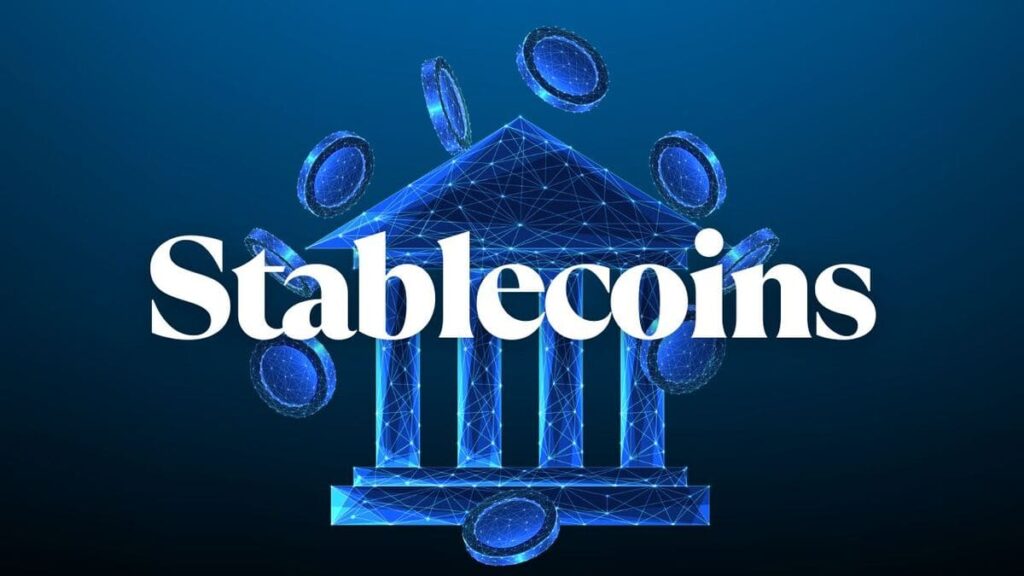TL;DR
-
The surge of big-bank–backed stablecoins raises a dilemma: will they democratize access to money or become yet another control mechanism?
-
JPMorgan, Bank of America and Citigroup are weighing a joint stablecoin to counter crypto competition and recapture outflowing deposits.
-
The plan promises instant payments and lower fees, but at the cost of autonomy and under constant financial surveillance.
The surge of stablecoins driven by major banks poses a deep question: are we witnessing progress that democratizes access to digital money, or a new mechanism to control users’ finances?
In recent months, JPMorgan, Bank of America, Citigroup and other institutions have explored issuing a stablecoin to cement their presence in the crypto market. Their bet reflects both a response to competitive pressure from independent cryptocurrencies and an attempt to hold on to deposits that currently flow to external platforms. The key question is whether this strategy delivers more benefits than risks.
Innovation Under Institutional Oversight
Banks propose stablecoins as a way to speed up payments and cut costs in cross-border transactions. Through consolidated networks—such as the Clearing House and Zelle—they could settle in seconds without relying on traditional intermediaries. The technological advantage is clear: private‑code platforms that replicate the immediacy and transparency of public blockchains, but governed by corporate committees. That setup promises regulatory discipline, fraud mitigation and credit backing—features that appeal to institutions and corporations accustomed to secure environments.
Yet that security entails sacrificing the autonomy that defines decentralized cryptocurrencies. A token issued by a banking consortium limits who can run nodes, who validates transactions and which data get recorded.
Absolute traceability ensures compliance with anti‑money‑laundering and tax‑evasion rules, but it also places users under constant surveillance. Trusting a bank’s brand does not offset the fact that the same bank keeps a record of every move. The result is an efficient network—but one operating under a control umbrella that extends beyond traditional banking.
The Risk of Concentrating Financial Power
Creating a Wall Street–backed stablecoin ecosystem is akin to exporting the logic of major credit cartels into the digital realm. When banking institutions set the standards for issuance, accountability and reserves, they determine who can access the service and under what terms. That position lets them adjust fees, set eligibility criteria and change usage rules on the fly. In the short term, corporate clients enjoy faster service and lower rates; in the medium term, regulatory and operational uniformity deepens reliance on the banking system.
Power concentration erodes competition. Independent stablecoin projects—today offering full transparency and open‑source code—lose visibility against the solidity of a consortium of financial giants. Startups innovating in programmable payments, tokenized lending or liquidity protocols are shut out if they don’t fit the closed model. This dynamic shrinks the diversity of solutions and turns innovation into a process filtered by corporate interests. Rather than fostering a plural ecosystem, the model tends to homogenize the options available.
Balance and Possible Outlook for These Stablecoins
Coexistence between bank‑issued stablecoins and open‑source projects could create a balanced scenario. If regulation promotes interoperability—allowing bank‑issued tokens to interact smoothly with public networks—the strengths of both worlds complement each other. Corporate users can opt for regulated stability, while individuals explore decentralized alternatives knowing their liquidity won’t be isolated.
To achieve this, authorities must demand minimum transparency standards for reserves and governance rules that include representation from diverse stakeholders, not just big banks. Additionally, the technical infrastructure must adopt bridges and automated liquidity auctions to avoid isolated pools. Only then will Wall Street’s stablecoins cease to be a control instrument and become a genuinely innovative element in the digital‑asset universe.
The invasion of bank‑issued stablecoins will mark the start of a decisive phase. If the market manages to regulate issuance and access fairly, we will take a concrete step toward a more resilient, hybrid financial system. If instead a closed model prevails, we risk reproducing in the crypto market the old concentration and dependency dynamics we once sought to overcome













